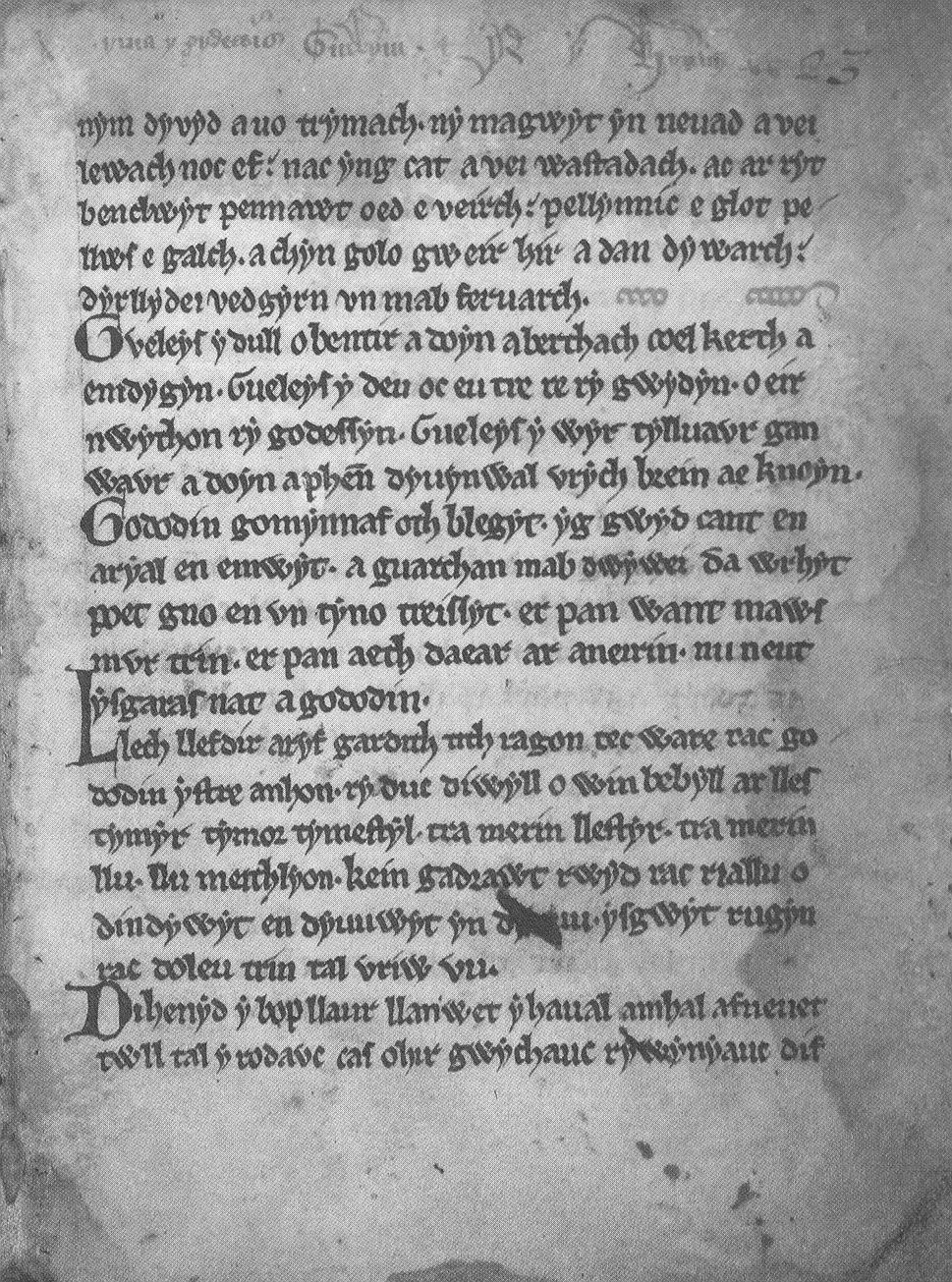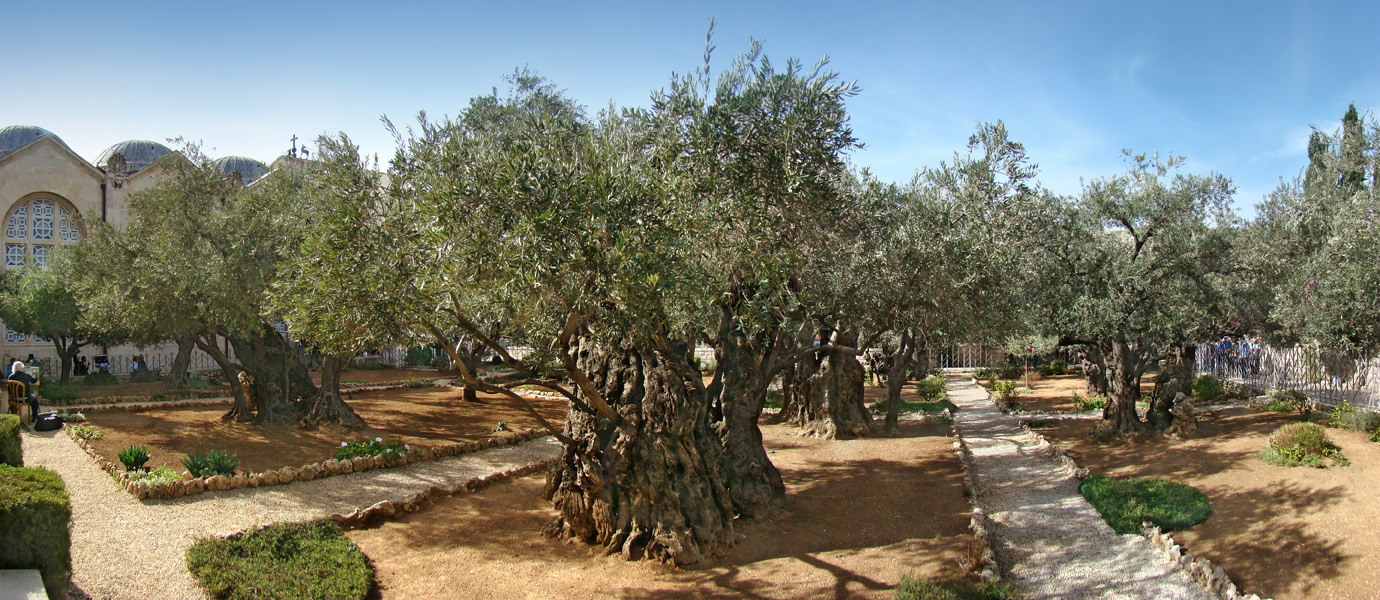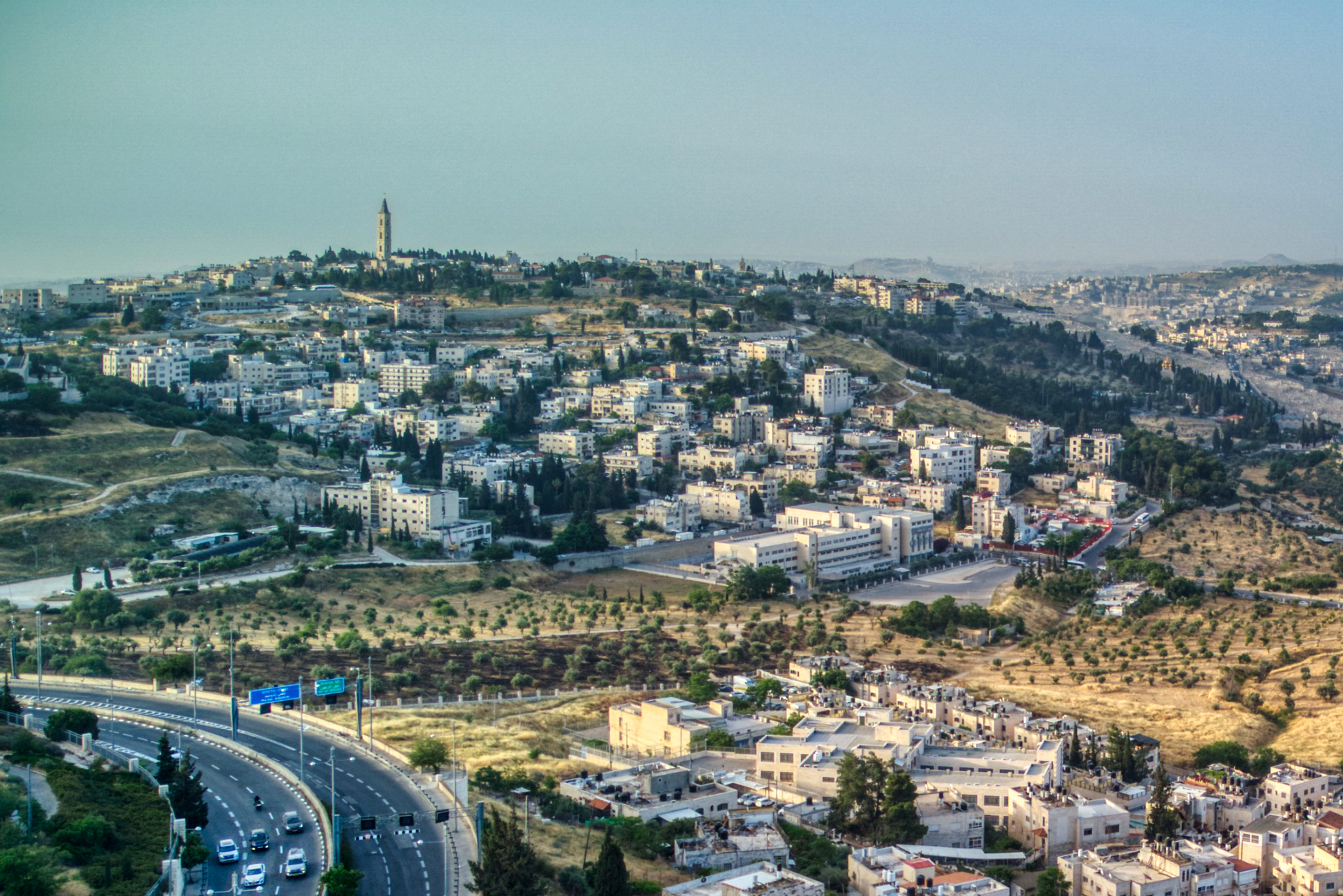|
Zoltán Gárdonyi
Zoltán Gárdonyi (; 25 April 1906 – 27 June 1986) was a Hungarian composer and musicologist. He taught at the Franz Liszt Academy of Music for 26 years. Life and work Gárdonyi was born in Budapest. His mother, the pianist Maria Weigl, studied at the Franz Liszt Academy of Music with Liszt's pupil, István Thomán, at the same time and in the same class as Béla Bartók. At the age of 17, Gárdonyi began his studies in composition with Zoltán Kodály at the Liszt Academy in Budapest. After studying with Paul Hindemith and Arnold Schering in Berlin, he taught as a professor at the Franz Liszt Academy of Music in Budapest from 1941 until 1967. He also led the faculty for Protestant sacred music until it was closed by the communists in 1949. His oeuvre includes sacred music, orchestral works and chamber music. Three of his motets for choir a cappella were published in German by Schott, "Finnisches Busslied", "Der Herr ist mein Hirte" (Psalm 23) and "Singet dem Herren" (Psalm ... [...More Info...] [...Related Items...] OR: [Wikipedia] [Google] [Baidu] |
Franz Liszt Academy Of Music
The Franz Liszt Academy of Music (, often abbreviated as ''Zeneakadémia'', "Liszt Academy") is a music university and a concert hall in Budapest, Hungary, founded on November 14, 1875. It is home to the Liszt Collection, which features several valuable books and manuscripts donated by Franz Liszt upon his death, and the ''AVISO studio'', a collaboration between the governments of Hungary and Japan to provide sound recording equipment and training for students. The Franz Liszt Academy of Music was founded by Franz Liszt himself (though named after its founder only in 1925, about 50 years after it was relocated to its current location at the heart of Budapest). Facilities The Academy was originally called the "Royal National Hungarian Academy of Music" and it was also called "College of Music" from 1919 to 1925. It was then named after its founder Franz Liszt in 1925. It was founded in Liszt's home, and relocated to a three-story Neo-Renaissance building designed by Adolf Láng ... [...More Info...] [...Related Items...] OR: [Wikipedia] [Google] [Baidu] |
Zsolt Gárdonyi
Zsolt Gárdonyi (born 21 March 1946) is a German-Hungarian composer, organist and music theorist. He is the son of Zoltán Gárdonyi. Career Gárdonyi was born in Budapest, Hungary. He studied composition, organ, sacred music and theory. At the age of 19 he received an award of the Budapest university competition in organ as well as composition. Aged 24 he became cantor of the Alexanderkirche in Wildeshausen, Germany. Ten years later he was appointed professor for theory of music at the Hochschule für Musik Würzburg in Würzburg. His students include Claus Kühnl, Thomas Hitzlberger, Franz J. Stoiber and Lilo Kunkel. In international organ concerts he presents especially works of his father and his own, in addition to the standard organ repertoire. In a program at the Marktkirche he combined works of his father, the two organ preludes on " Ein feste Burg ist unser Gott" and "Ich weiß, woran ich glaube", and the ''Partita "Veni Creator Spiritus"'', with works of his own, th ... [...More Info...] [...Related Items...] OR: [Wikipedia] [Google] [Baidu] |
Chorale Prelude
In music, a chorale prelude or chorale setting is a short liturgical composition for pipe organ, organ using a chorale tune as its basis. It was a predominant style of the German Baroque music, Baroque era and reached its culmination in the works of Johann Sebastian Bach, J.S. Bach, who wrote 46 (with a 47th unfinished work, unfinished) examples of the form in his Orgelbüchlein, along with multiple other works of the type in List of organ compositions by Johann Sebastian Bach#Chorale Preludes, other collections. Function The precise liturgical function of a chorale Prelude (music), prelude in the Baroque period is uncertain and is a subject of debate. One possibility is that they were used to introduce the hymn about to be sung by the congregation, usually in a Protestant, and originally in a Lutheran, church. This assumption may be valid for the shorter chorale preludes (Bach's setting of 'Liebster Jesu, wir sind hier, BWV 731, for example), but many chorale preludes are very lo ... [...More Info...] [...Related Items...] OR: [Wikipedia] [Google] [Baidu] |
Psalm 107
Psalm 107 is the 107th psalm of the Book of Psalms, beginning in English in the King James Version: "O give thanks unto the LORD, for he is good: for his mercy endureth for ever.". The Book of Psalms is part of the third section of the Hebrew Bible, and a book of the Christian Old Testament. In the slightly different numbering system used in the Greek Septuagint and Latin Vulgate translations of the Bible, this psalm is Psalm 106. In Latin, it is known by the incipit, "". It is the first psalm of Book 5 of the Hebrew psalter. Alexander Kirkpatrick notes that this psalm and the previous one, Psalm 106, "are closely connected together", arguing that "the division of the fourth and fifth books does not correspond to any difference of source or character, as is the case in the other books". Psalm 107 is a song of thanksgiving to God, who has been merciful to his people and gathered all who were lost. It is beloved of mariners due to its reference to ships and the sea (v. 23). Ps ... [...More Info...] [...Related Items...] OR: [Wikipedia] [Google] [Baidu] |
Veni Creator Spiritus
''Veni Creator Spiritus'' (Latin: Come, Creator Spirit) is a traditional Christian hymn believed to have been written by Rabanus Maurus, a ninth-century German monk, teacher, archbishop, and saint. When the original Latin text is used, it is normally sung to a Gregorian Chant tune first known from Kempten Abbey around the year 1000. The hymn has been translated and paraphrased into several languages, and adapted into many musical forms, often as a hymn for Pentecost or for other occasions that focus on the Holy Spirit. Liturgical use As an invocation of the Holy Spirit, ''Veni Creator Spiritus'' is sung in the Catholic Church during liturgical celebrations on the feast of Pentecost, at both Terce and Vespers. It is also sung at occasions such as the College of Cardinals entering the Sistine Chapel during a papal conclave, the consecration of bishops, the ordination of priests, the profession of members of religious institutes, administering the sacrament of Confirmation, the ded ... [...More Info...] [...Related Items...] OR: [Wikipedia] [Google] [Baidu] |
Lullaby
A lullaby (), or a cradle song, is a soothing song or piece of music that is usually played for (or sung to) children (for adults see music and sleep). The purposes of lullabies vary. In some societies, they are used to pass down cultural knowledge or tradition. In addition, lullabies are often used for the developing of communication skills, indication of emotional intent, maintenance of infants' undivided attention, modulation of infants' arousal, and regulation of behavior. Perhaps one of the most important uses of lullabies is as a sleep aid for infants. As a result, the music is often simple and repetitive. Lullabies can be found in many countries, and have existed since ancient times. Etymology The term 'lullaby' derives from the Middle English ''lullen'' ("to lull") and ''by''[''e''] (in the sense of "near"); it was first recorded circa 1560. A folk etymology derives ''lullaby'' from "Lilith-Abi" (Hebrew language, Hebrew for "Lilith, begone"). In the Jewish tradition, ... [...More Info...] [...Related Items...] OR: [Wikipedia] [Google] [Baidu] |
Calvary
Calvary ( or ) or Golgotha () was a site immediately outside Jerusalem's walls where, according to Christianity's four canonical gospels, Jesus was crucified. Since at least the early medieval period, it has been a destination for pilgrimage. The exact location of Calvary has been traditionally associated with a place now enclosed within one of the southern chapels of the multidenominational Church of the Holy Sepulchre, a site said to have been recognized by the Roman empress Helena, mother of Constantine the Great, during her visit to the Holy Land in 325. Other locations have been suggested: in the 19th century, Protestant scholars proposed a different location near the Garden Tomb on Green Hill (now "Skull Hill") about north of the traditional site and historian Joan Taylor has more recently proposed a location about to its south-southeast. Biblical references and names The English names Calvary and Golgotha derive from the Vulgate Latin , and (all meaning ... [...More Info...] [...Related Items...] OR: [Wikipedia] [Google] [Baidu] |
Gethsemane
Gethsemane ( ) is a garden at the foot of the Mount of Olives in East Jerusalem, where, according to the four Gospels of the New Testament, Jesus Christ underwent the Agony in the Garden and was arrested before his crucifixion. The garden is a place of great resonance in Christianity. There are several small olive groves in church property, all adjacent to each other and identified with biblical Gethsemane. Etymology ''Gethsemane'' appears in the Greek original of the Gospel of Matthew and the Gospel of Mark as (). The name is derived from the Aramaic (), or Hebrew () meaning ' oil press'. Matthew 26:36 and Mark 14:32 call it (), meaning a place or estate. The Gospel of John says Jesus entered a garden (, ) with his disciples. Location According to the New Testament the garden was a place that Jesus and his disciples customarily visited, which allowed Judas Iscariot to find him on the night Jesus was arrested. There are four locations, all of them at or near the west ... [...More Info...] [...Related Items...] OR: [Wikipedia] [Google] [Baidu] |
Mount Of Olives
The Mount of Olives or Mount Olivet (; ; both lit. 'Mount of Olives'; in Arabic also , , 'the Mountain') is a mountain ridge in East Jerusalem, east of and adjacent to Old City of Jerusalem, Jerusalem's Old City. It is named for the olive, olive groves that once covered its slopes. The southern part of the mount was the Silwan necropolis, attributed to the elite of the ancient Kingdom of Judah. The western slopes of the mount, those facing Jerusalem, have been used as a Mount of Olives Jewish Cemetery, Jewish cemetery for over 3,000 years and holds approximately 150,000 graves, making it central in the tradition of Jewish cemetery, Jewish cemeteries. Atop the hill lies the State of Palestine, Palestinian neighbourhood of At-Tur (Mount of Olives), At-Tur, a former village that is now part of East Jerusalem. Several key events in the life of Jesus, as related in the Gospels, took place on the Mount of Olives, and in the Acts of the Apostles it is described as the place from which J ... [...More Info...] [...Related Items...] OR: [Wikipedia] [Google] [Baidu] |
Hungarian Rhapsodies
The Hungarian Rhapsodies, S.244, R.106 (, , ), are a set of 19 piano pieces based on Hungarian folk themes, composed by Franz Liszt during 1846–1853, and later in 1882 and 1885. Liszt also arranged versions for orchestra, piano duet and piano trio. Some are better known than others, with Hungarian Rhapsody No. 2 being particularly famous and No. 6, No. 10, No. 12, No. 14 (especially as arranged for piano and orchestra as the Hungarian Fantasy), and No.15 also being well known. In their original piano form, the ''Hungarian Rhapsodies'' are noted for their difficulty (Liszt was a virtuoso pianist as well as a composer). Form Liszt incorporated many themes he had heard in his native western Hungary and which he believed to be folk music, though many were in fact tunes written by members of the Hungarian upper middle class, or by composers such as József Kossovits, often played by Roma (Gypsy) bands. The large scale structure of each was influenced by the verbunkos, ... [...More Info...] [...Related Items...] OR: [Wikipedia] [Google] [Baidu] |





